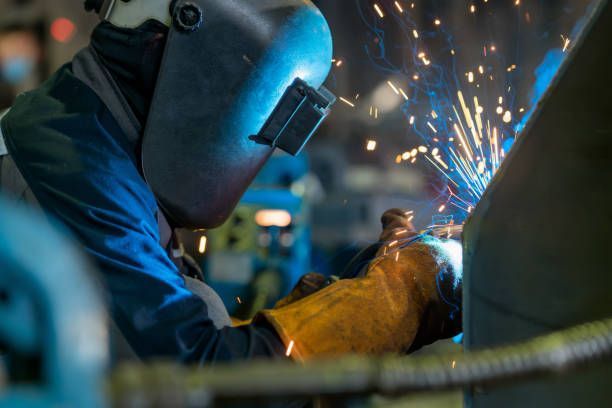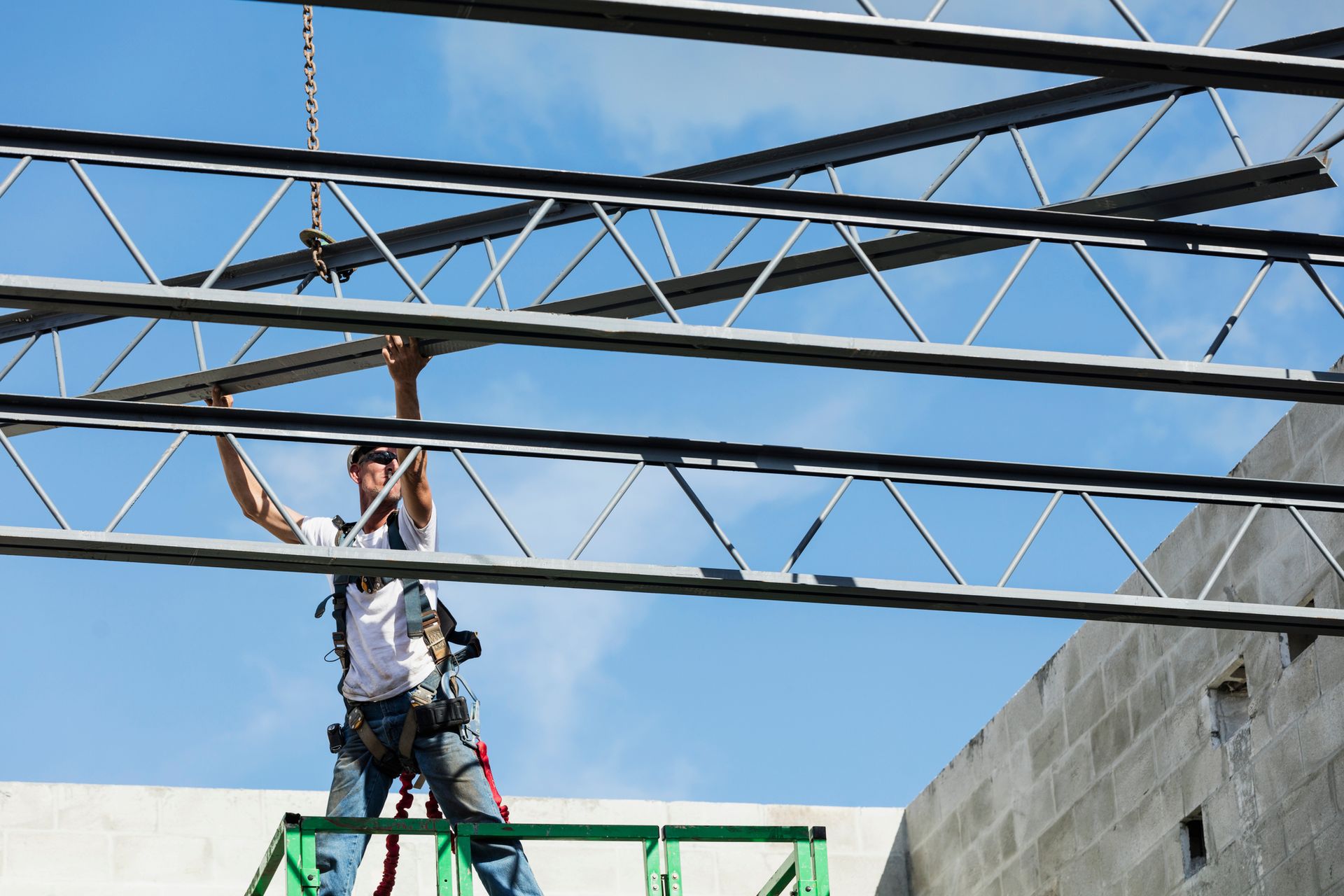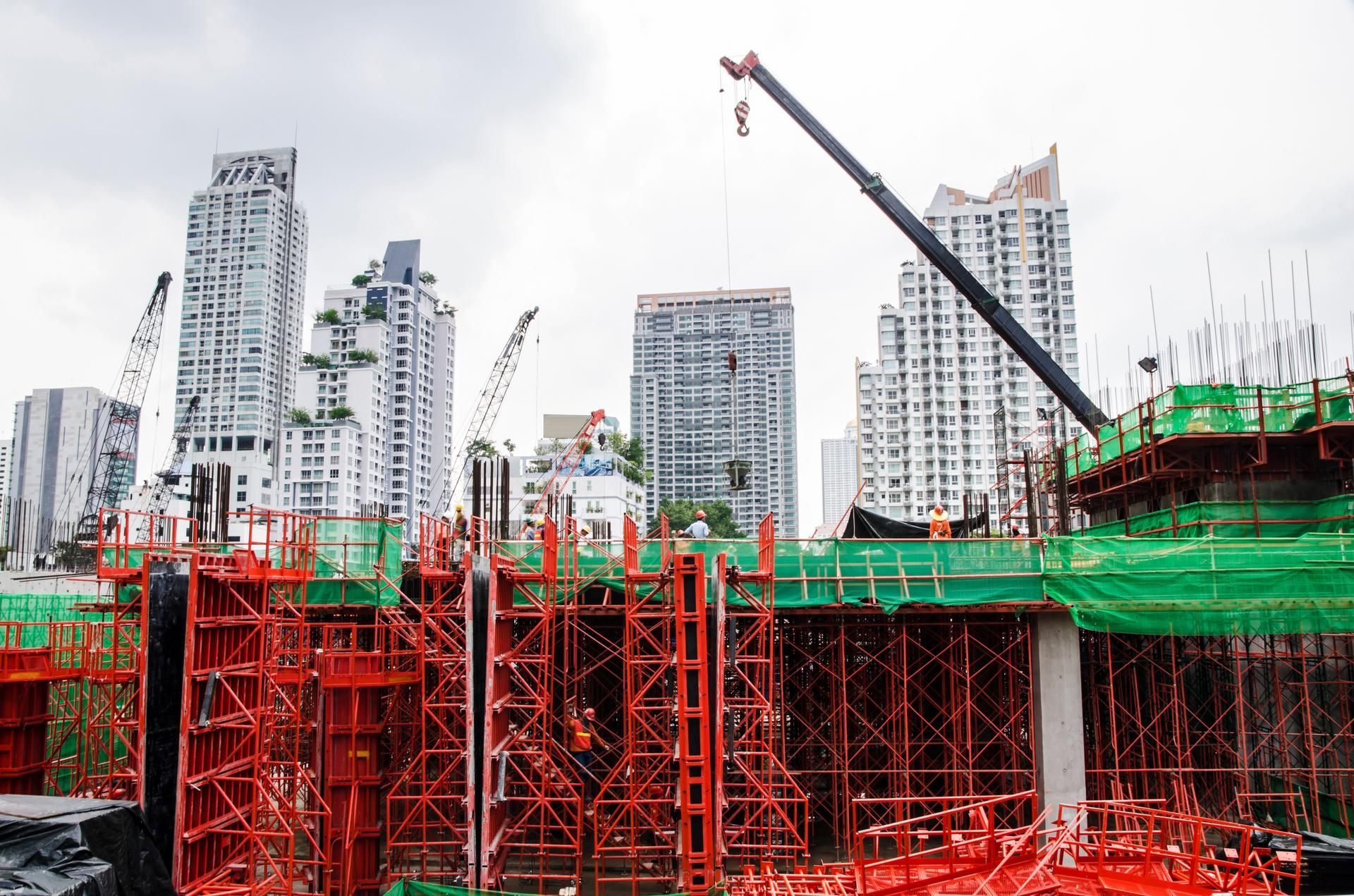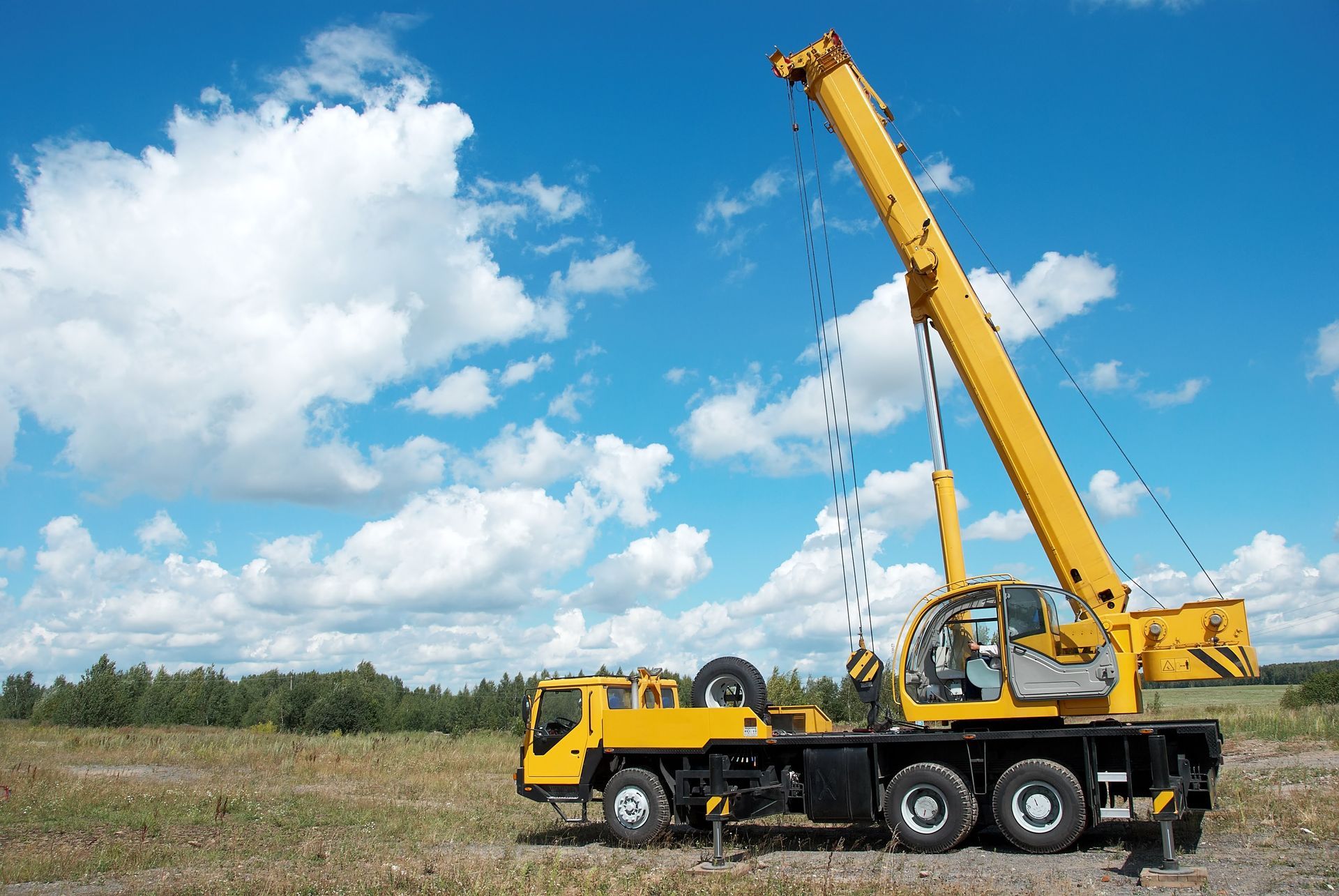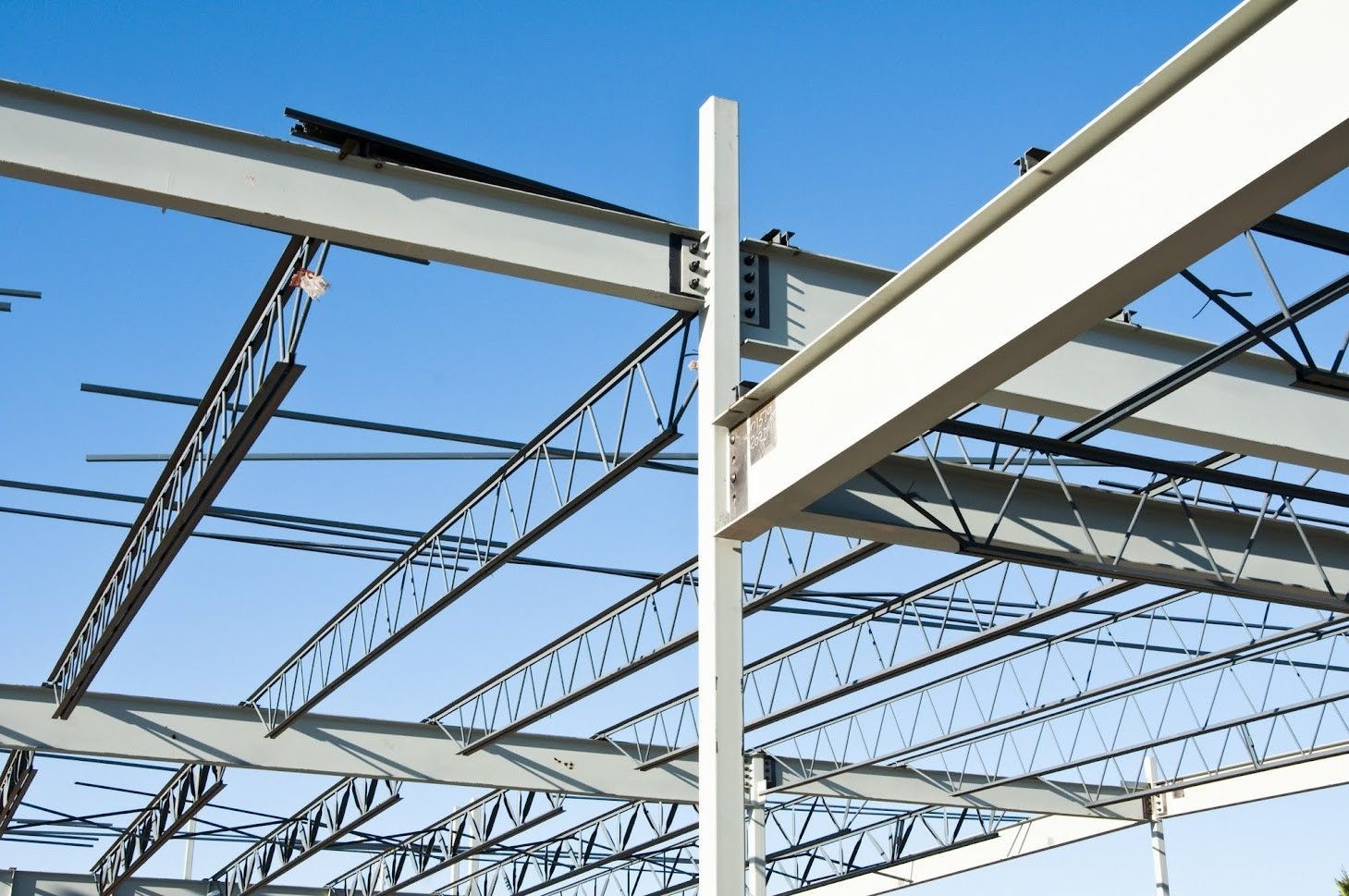5 Ways to Tell If Your Lift Operation Needs a Crane Spotter

The crane spotter or signal person plays an essential role in site safety and the success of a lifting operation. While a spotter isn't always necessary for all job types, having a crane spotter around never hurts. Plus, you should consider a crane spotter absolutely essential in many situations. Learn how to tell if your site needs a crane spotter for its lifting operations.
1. When the Crane Operator Lacks Visibility Under Any Circumstances
If the crane operator can't see where they need to go or where they need to move the load, then you have a definite need for a crane spotter. Even if the lack of visibility takes up a second or two, an accident can still occur in that small amount of time.
This applies to any lack of visibility. For example, if the crane operator raises the load to where they cannot see it out of the windshield of the crane, then they need to stop immediately so that a spotter can direct them. Low visibility also includes a lack of sight due to weather, dim lighting, nighttime construction, and any other situation where seeing in general is hard to do.
2. When the Crane Operator Must Back Up Through Blind Spots
Backing up a crane without seeing exactly what's behind it can lead to a backover accident. If the crane operator has a blind spot, or the noise of the site drowns out backup alarms, then that operator needs a spotter.
OSHA makes it a requirement for lift operations to have either a spotter or a backup if anything is to the rear of the operator that might obstruct the overall view. This applies even if that obstruction is part of the crane itself or something intangible, like dim lighting.
3. When the Crane Operator Travels or Works Near Power Lines
According to 1926.1411(b)(4), OSHA requires a dedicated spotter if the crane will travel or operate near power lines. The spotter will observe the clearance between the crane and the power line. If the crane operator cannot ascertain how close any part of the crane is to the power lines, the spotter must let them know by staying in contact with the operator at all times.
Outside of OSHA requirements, many state and local regulations also may require a crane spotter or signal person for both traveling and lifting operations close to power lines. Some locations may require a crane spotter for any type of traveling, even if it's across the job site. Check the local ordinances before renting a crane and performing a lift.
4. When the Crane Operates in Busy or Congested Areas
Any time lifting operations will occur in a busy or congested area, use a crane spotter. Sometimes, that busy and congested atmosphere can come from the site operation itself. However, heavy traffic can also come from pedestrians and passersby. In all these cases, a crane spotter can help crane operators maneuver without fear of causing an accident even with the glut of things going on around the lift.
5. When the Crane Operates With Minimal Clearance or Space
Some crane operations occur in tight places, low clearance areas, or in other areas that limit maneuverability. In such cases, a crane operator may overextend or maneuver in such a way as to cause damage to the site, damage to the load, damage to the equipment, or an accident. The spotter can look out for obstacles the operator can't easily see.
A crane spotter plays an incredibly important role in lift operations. When renting a crane, consider if you might also need a crane spotter for your operation as well. When you're ready to start your lift operation, contact Sentry and ask about our crane rentals and certified operators.


